|
|
squarewave keyboard with accompaniment & analogue rhythm |
This instrument from 1985 (bottom type sticker) may be the ancestor of all no-name keyboards with bipolar squarewave sound engine. Like MC-3 and its variants it employs the Yamaha 4 channel soundchip DSG, but unlike these, it additionally has analogue percussion.
 The Rhythmic 2 has a black case, 1 speaker and some rows of differently
coloured silicone rubber buttons (similar like the Testron ones).
The Rhythmic 2 has a black case, 1 speaker and some rows of differently
coloured silicone rubber buttons (similar like the Testron ones). |
| base | = analogue click |
| hihat (?) | = shift register noise (?) |
| snare (?) | = transistor noise (?, more muffled than the hihat) with multiple volume levels |
| tom | = low squarewave (?) blip |
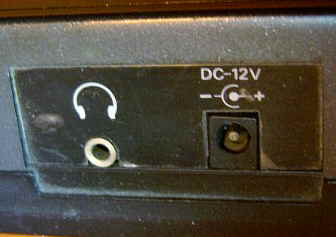 |
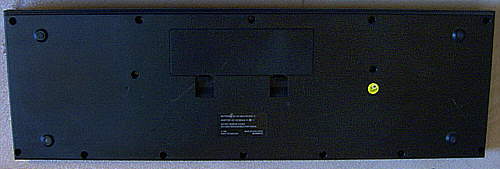 |
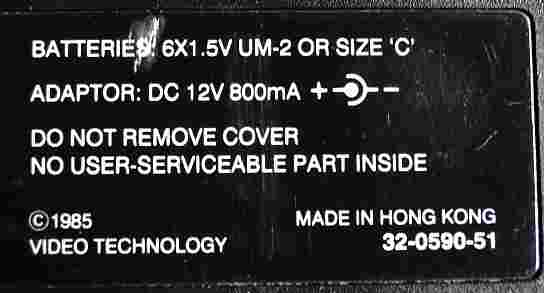 |
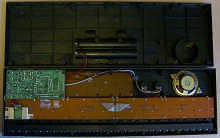 |
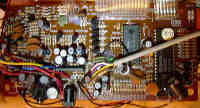 |
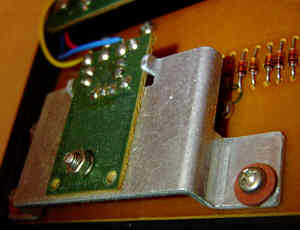 |
The CPU "TMP4740P" is a documented Toshiba 4-bit microcontroller with 4KB ROM and 256 byte SRAM. Bizarre is that this chip with identical or similar software (same preset sound and rhythm list) was also used in keyboard kits or projects of the Chinese electronics DIY magazine "Electronics Practice" (of 1994?) as "KD-48" and "KD-49" (both differ in analogue parts?, schematics seen on Chinese websites, thanks Traktor for info). The KD-49 apparently can be even equipped with a 2nd DSG to increase polyphony (/CS+/WR of DSG1 wired to CPU pin 33, of DSG2 to pin 36), thus it may be that the Rhythmic2 CPU can support it too.
When I bought the Rhythmic 2 keyboard, the "fingered chord" and "tempo -" button didn't work due to a broken bridge trace on the panel PCB.
All non-percussion sounds are saw- and squarewave based (with different pulse widths and envelopes) and sound much like a C64. The soundchip (same like with Testron) internally re-assigns the same tone generators to different outputs, so in accompaniment mode only 1 channel remains at the right keyboard section for melody play. Interesting for playing are the 5 semi- OBS sound buttons those can be also pressed while keys are held down without stopping their notes. By rhythmically pressing these buttons many arpeggiator- like timbre changes can be created, though this button field can be regarded as a realtime sound control. The static voice assignment of the instrument is a little annoying, because in any chord modes only 1 polyphony channel remains for the user selected sound in the right keyboard section, no matter how many channels are really actually occupied with chords or other accompaniments.
The accompaniments insert a sort-of automatic fill-in every 4 measures, which can be a little confusing, but generally sounds nice. The complex accompaniment behaviour resembles a bit the Testron, although it permits less play tricks. The instrument seems to make no use of the digital metallic cymbal sound of the YM2163 despite it would have sounded more natural than the analogue transistor noise it uses instead. Possibly this instrument was initially designed for a predecessor of the YM2163 soundchip that didn't feature these percussion sounds.
A stereo variant of the Rhythmic 2 keyboard was the
Rhythmic
6 (aka Saisho - Music Maker MK 500, seen on eBay), which
has 2 speakers and an additional chord volume slider, but still the same
preset and function button names although it has sliders instead of knobs
and smaller buttons. Likely both belong to the same hardware class. A more
advanced midsize keyboard by Video Technology was the great Rhythmic
8 (pitchbend wheel, strange drum machine with slide switches, synth
that can be layered with main voice) and the later fullsize keyboard
Rhythmic
10.
| removal of these screws voids warranty... | ||
 |
||
|
|